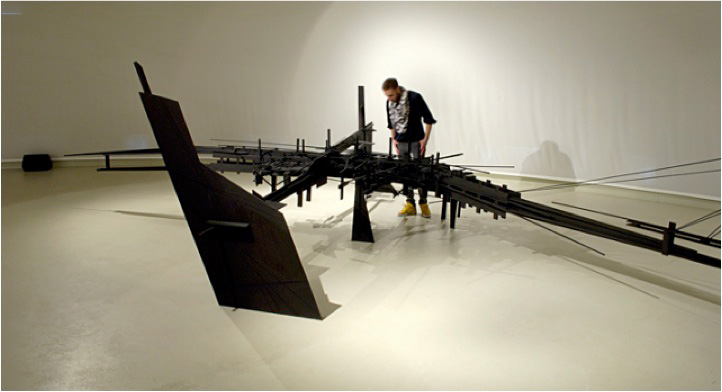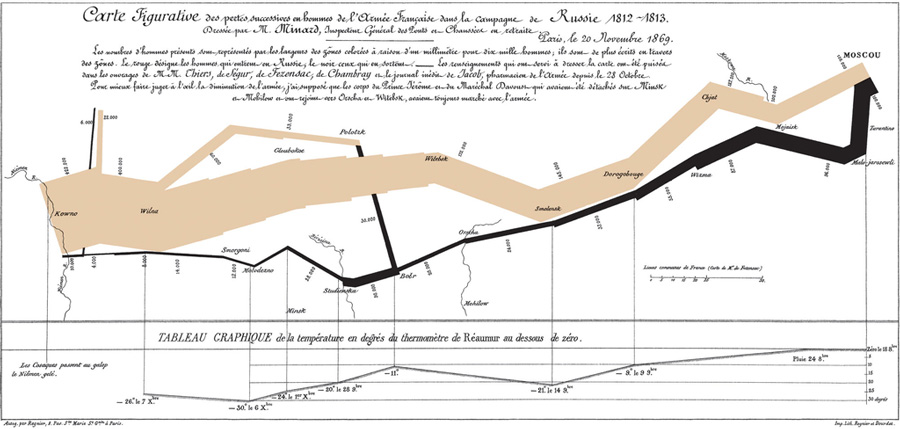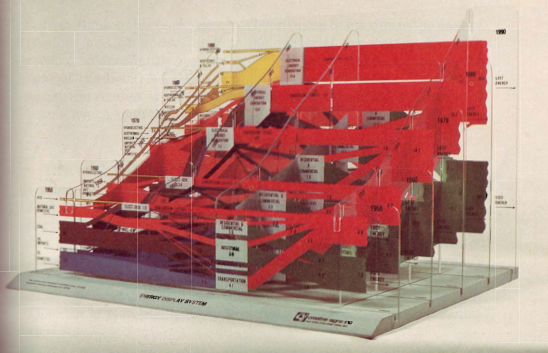Product Sustainability
Product Designers are confronted with an increasingly complex eco-system of material and production endeavour as it develops around technical, cultural, political and environmental values. The objective in developing a design methodology which addresses the multi-various opportunities for sustainability in design for production is necessarily one of exploration and subsequent communication.
Assignment Two will address many of the ideas surrounding sustainability. A key component in developing a rationale for design within networked systems (eco-systems) is the exploration of contextual (and often abstract) pathways through which the embedded energies flow, particularly through material selection and production technologies.
Our aim is to explore and document these pathways in the pursuit of achieving more with less.
The Havermans sculptures shown above evolved as an interpretation of a particular geographic topography as a proposition for an urban structure. In this case, The Zuidas (literally South Axis in Dutch) is a rapidly developing business district in the city of Amsterdam in the Netherlands. Havermans has proposed a network which develops outside economic and political barriers, with distinguishing features including an interpretation of flow and nodes of activity.
 'Urban installation TOFUD # Amsterdam Zuidas' - Frank Havermans
'Urban installation TOFUD # Amsterdam Zuidas' - Frank HavermansThe resulting pathways are often unpredictable, but natural systems do demonstrate traits of repitition and cyclical behaviour. Paths travelled over time may seem complex on initial inspection, but can reveal patterns which offer sites suitable for isolated drill-down and evaluation without needing to re-work an entire network. Modifications at these sites will inevitably impact upon the overall system. Re-engineering at specific selected nodes will serve to identify, modify and (notionally) improve the outcome.
Assignment Two will ultimately conclude with your interpretation of a selected set of components which surface within a mapped digital environment, visualised through the use of SolidWorks 3D software. We'll utilize the SolidWorks Life-cycle analysis plugin to flesh out scenaros within that conceptual model topography.
Assignment 2: Sustainability Analysis
Analyse the autopsy product discussing sustainability principles relating to your product.
Present the key components in a clear illustrative discussion, including:
The Materials life-cycle map
Map the source and eventual destinations of each autopsy material as pathways and intersections.
Discuss briefly the origins of the autopsy product within the context of the mapping result.
Postulate on the next generation within the context of the mapping result.
Manufacturing nodes
Discuss your group versions highlighting the comparative materials and manufacturing idiosyncracies.
Describe the assembly processes as annotated nodes on the map.
Include discussion about re-assembly and re-use by visualising the end-of life pathways on your map.
Table your findings.
Discuss the value of the product
Think of yourself as a consumer versus you as a designer.
Think about where the product was manufactured, the culture and environment the product was designed for and the implied product life cycle pathways of the end user.
Poll ten people on their perspectives on the product. Map their pathways of usage upon your map.
Table your findings
-
Discuss the end-of-life issues relating to the key autopsy components.
Present your findings at class in Week 9. Submission
Compile your reflections and data as a Case Study including iterative modifications of assignment One plus the Assignment Two components.
Present your Case Study mapping submission in Week 10.
Minard's classic diagram of Napoleon's invasion of Russia, using the feature now named after Sankey.
Case study: Map the sustainability story of your product
Each student will submit a report depicting the qualitative and quantitative aspects of sustainability relating to the autopsy product. Deliverables include:
Either an HTML document or A4 landscape pdf containing;
-
Qualitative analysis of the product as a map.
Points to keep in mind:
- Qualitative refers to the qualities of the product materials, processes, environment and culture
- Quantitative refers to materials and processes technical properties and specifications data
- Develop an engaging story - This is an opportunity to fine tune your animation storyboard.
- Use graphical tools wherever possible to communicate the key points.
-
Streamlined LCA illustration or 3D CAD model of the product's life backed by relevant quantitative data nodes.
This can take the form of a 3D rendering (preferred) or 2D graphic with annotations.
-
To be submitted as a landscape PDF Case Study document or html site
Due week ten
30% of overall semester grade
| 1 | Qualitative Sustainable Analysis | Quantitative Analysis Data | LCA model/illustration |
|---|---|---|---|
| 2 | 40% | 40% | 20% |
Marks will be deducted for late submissions, at the discretion of the class tutor.
.jpg)

